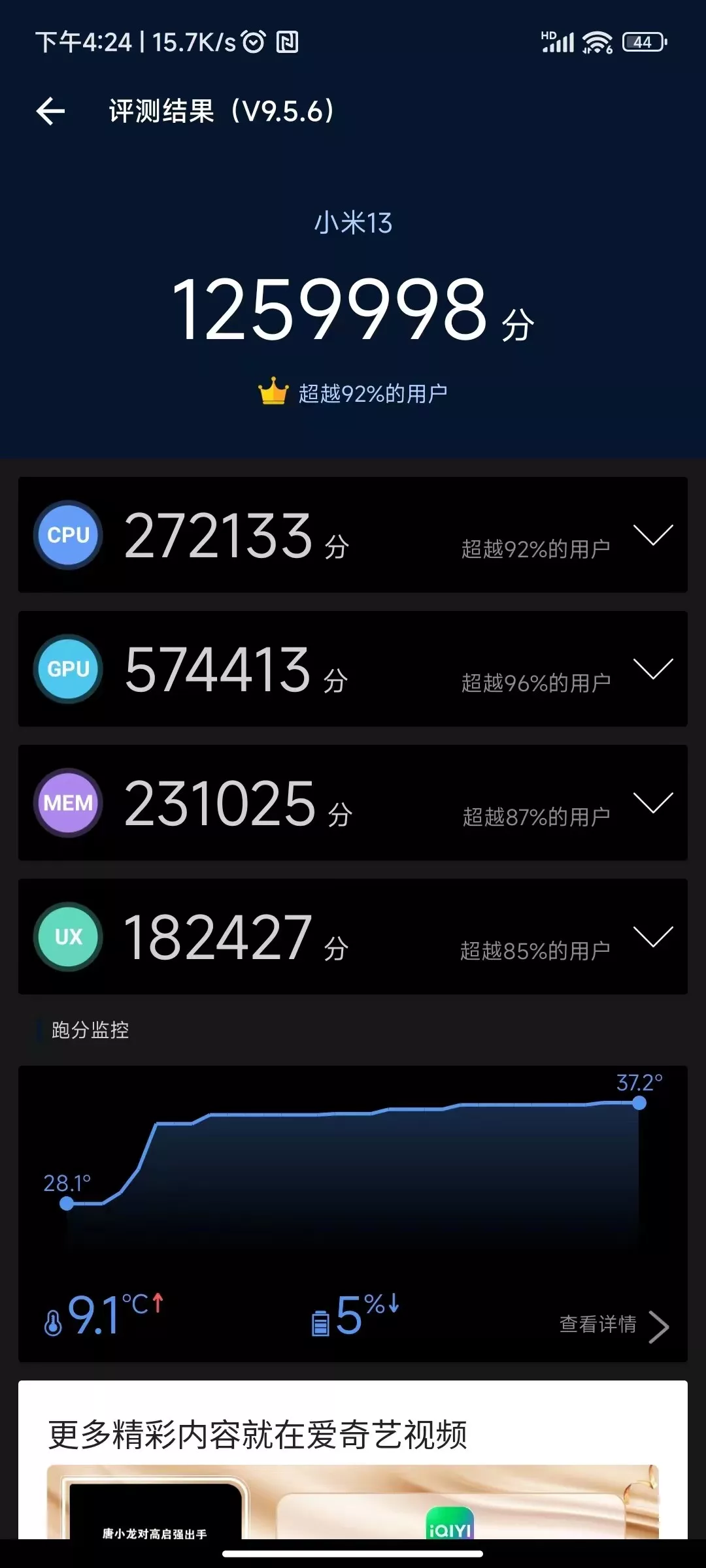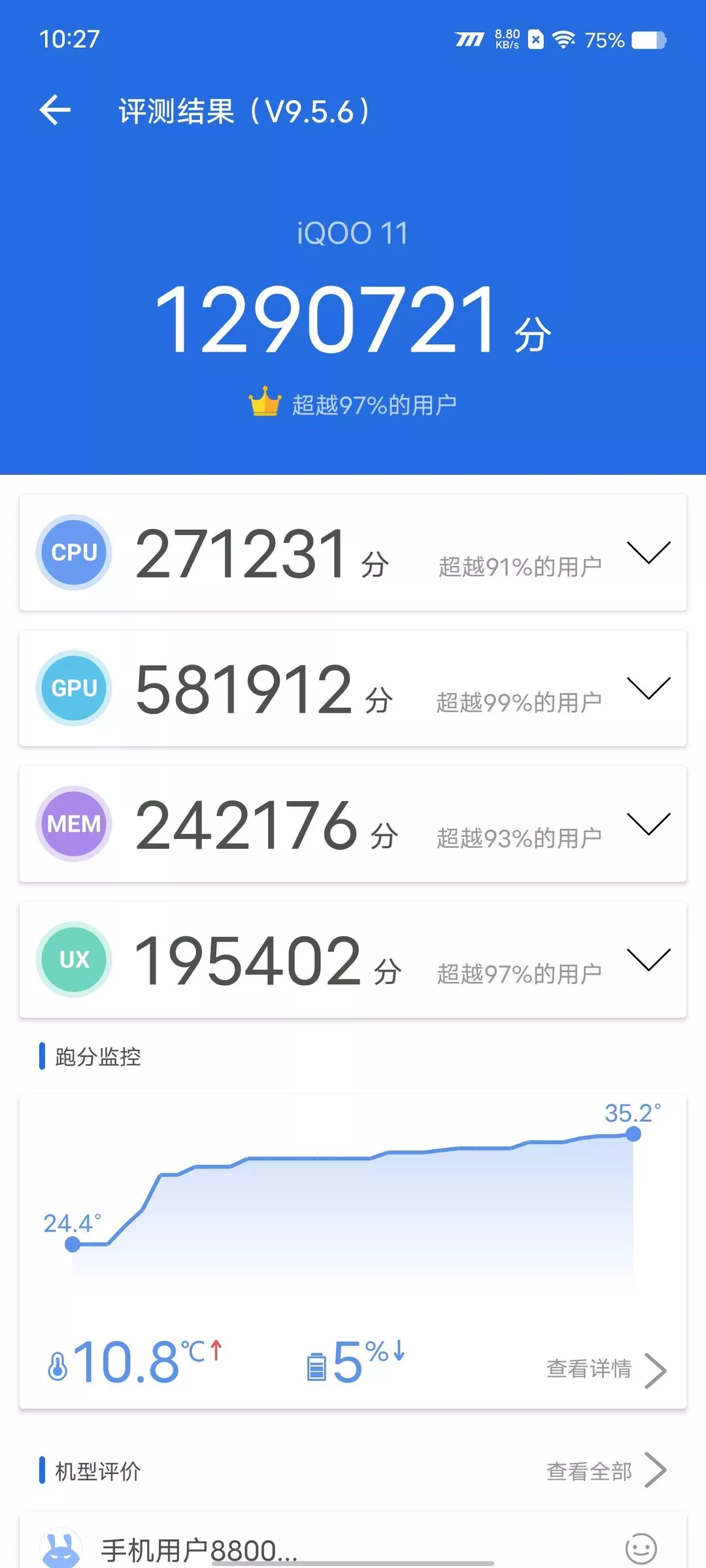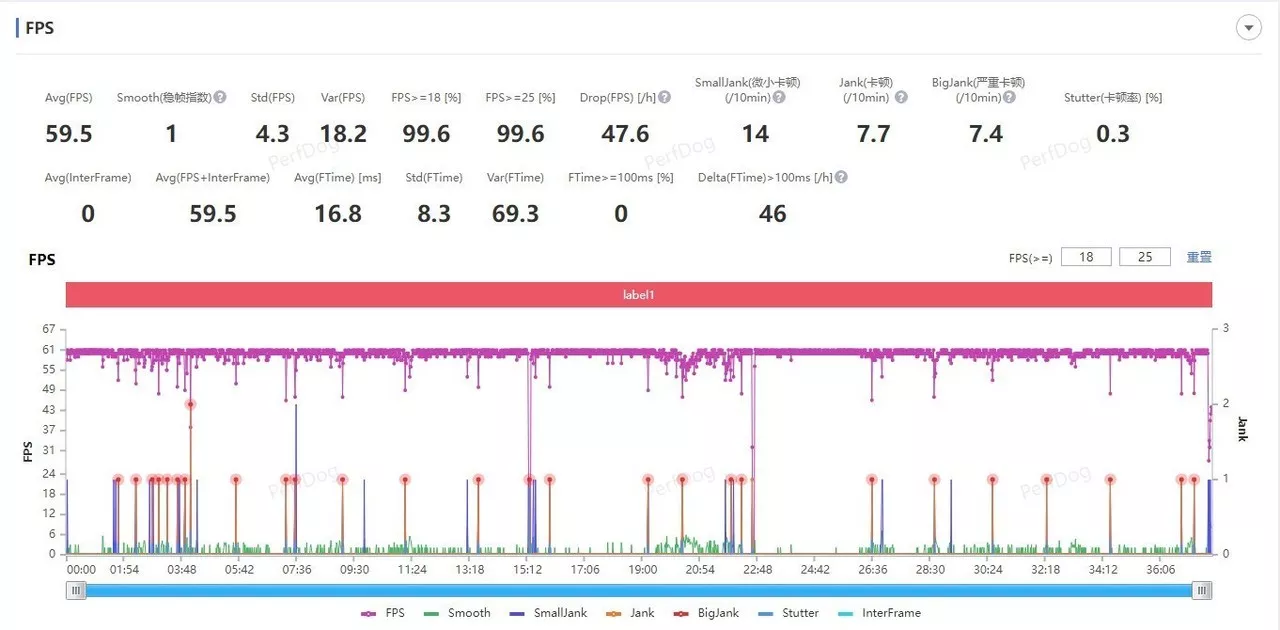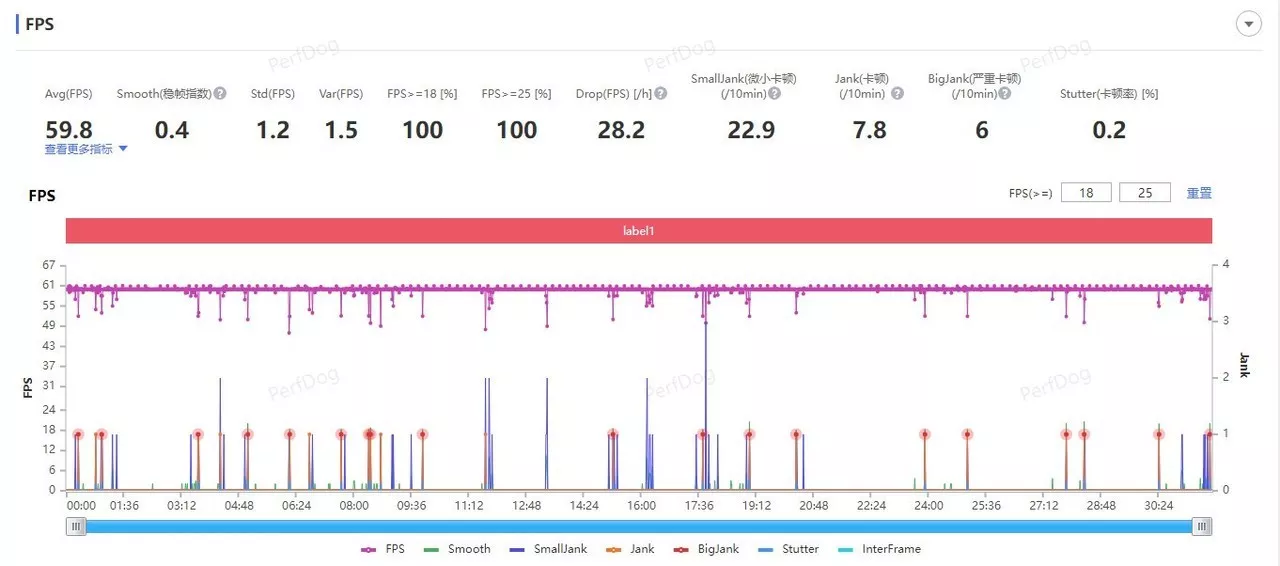Performance is the foundation for flagship mobile phones to gain a foothold in the market,All mobile phone manufacturers attach great importance to the performance of mobile phones,Ushered in a breakthrough in performance。certainly,Want to have a high-performance experience,A mobile phone must not only have an advanced manufacturing process、Excellent Processor,The comprehensive capabilities of mobile phones cannot be ignored。
Recently,The flagship products of various mobile phone manufacturers use the Snapdragon 8 Gen2 processor,Achieved a major breakthrough in performance。But even with the same hardware,Each mobile phone is different due to software optimization,Performance also varies。Mi 13andiQOO 11 As the two products with excellent performance at the moment,Has a very different orientation in terms of training,Today I will use performance Hengping to take you to understand the differences between them。
The standard version of the Xiaomi digital series is an evergreen flagship with a small screen,Has always been outstanding in terms of hardware configuration。Mi 13 is equipped with the second-generation Snapdragon 8 processor,The new CPU architecture design and GPU have improved performance and reduced power consumption。It is matched with 8533Mbps LPDDR 5X memory and UFS 4.0 flash memory with a read speed of up to 3.5GB/s。UFS 4.0 has been upgraded to M-PHY version 5.0 specification and UniPro version 2.0 specification,The maximum total bandwidth reaches 46.4Gbps,Theoretically, the highest transmission speed of 4.6GB/s can be achieved,Twice the performance of the previous generation UFS 3.0/3.1 standard,Therefore, Mi 13 has a very good reserve in terms of performance.。
And iQOO 11 It also uses the second-generation Snapdragon 8 flagship processor based on TSMC's 4nm N4 process.,The CPU consists of a 3.2GHz super core、4Composed of one 2.8GHz large core and three 2.0GHz energy-efficient cores,CPU peak performance increased by about 35%,Energy consumption ratio increased by about 46%。
In addition to the second-generation Snapdragon 8 processor,This time iQOO 11 Also has LPDDR5X+UFS 4.0 memory、Storage configuration (8+128GB version of iQOO 11 is UFS 3.1),Formed a new performance iron triangle combination,And then supported by the self-developed chip V2,Not only has the image capability been upgraded,Also provides a lot of help for performance and display,Extended support for gaming and video viewing experience,Expand the computing power of ISP and GPU,Reduce the load and power consumption of the main chip。in terms of games,iQOO 11 With the powerful computing power of the self-developed chip V2,Can bring you two different gaming experiences,To improve frame rate and optimize power consumption respectively。
performance:Same smooth full frame,The heat sink wins
Before the game test,Let's start with Mi 13 and iQOO 11 benchmarking,Mi 13's AnTuTu score is 1259998 points;The AnTuTu score of iQOO 11 is 1290729 points,Beyond the average level of the same price segment。


In addition to running points,We will also test the performance of the two phones。this time,We still chose the "Original God" game as the test standard,Lets come look。

The Mi 13 performed better than most of its peers in the 30-minute Yuanshin God game test,The machine can achieve a maximum of 60 frames to run the "Yuanshin" game,The average frame rate of the machine reached 59.5 frames。during the game,Intermittent Caton Appeared,But the impact on the overall game experience is not obvious,The temperature rise of the back panel of the mobile phone is more obvious,You can feel the heat of the fuselage by touching the back panel。

iQOO 11 It performed very well in the 30-minute "Yuanshin" game test,In a game with a full frame of 60 frames,The average frame rate of iQOO 11 is as high as 59.8 frames。There is no lag during the entire game、Frequency reduction,Guaranteed better game fluency。The frame rate curve is also very smooth,No major fluctuations,Especially when fighting monsters and team fights,The frame rate is still stable。

If you want to make your phone more power efficient,You can also turn on iQOO 11 Optimizing Power Mode,At this time, the self-developed chip V2 can play a role,Through picture optimization and frame insertion,Increase the frame rate up to 144 frames,Reduce the load on the main SoC。
According to the test results,In fact, the difference in performance between the two phones is not particularly large.,The performance of both models can be ranked in the first echelon of this year,Neither the running score nor the frame rate can make the difference between the two mobile phones,But in the actual test,The body temperature of Mi 13 is higher than that of iQOO 11,We can simply understand it as,When the hardware configuration is similar,Whoever has better heat dissipation and whoever releases performance more freely。
Related Reading:
Mi 13 Review:High-value all-around hot hatch
Mi 13 Review:From specification to experience,From partial to comprehensive
Xiaomi 13 Pro review:360High-end experience without dead ends
iQOO 11 Evaluation:E-sports experience breaks through again
iQOO 11 Pro review:Comprehensive flagship experience